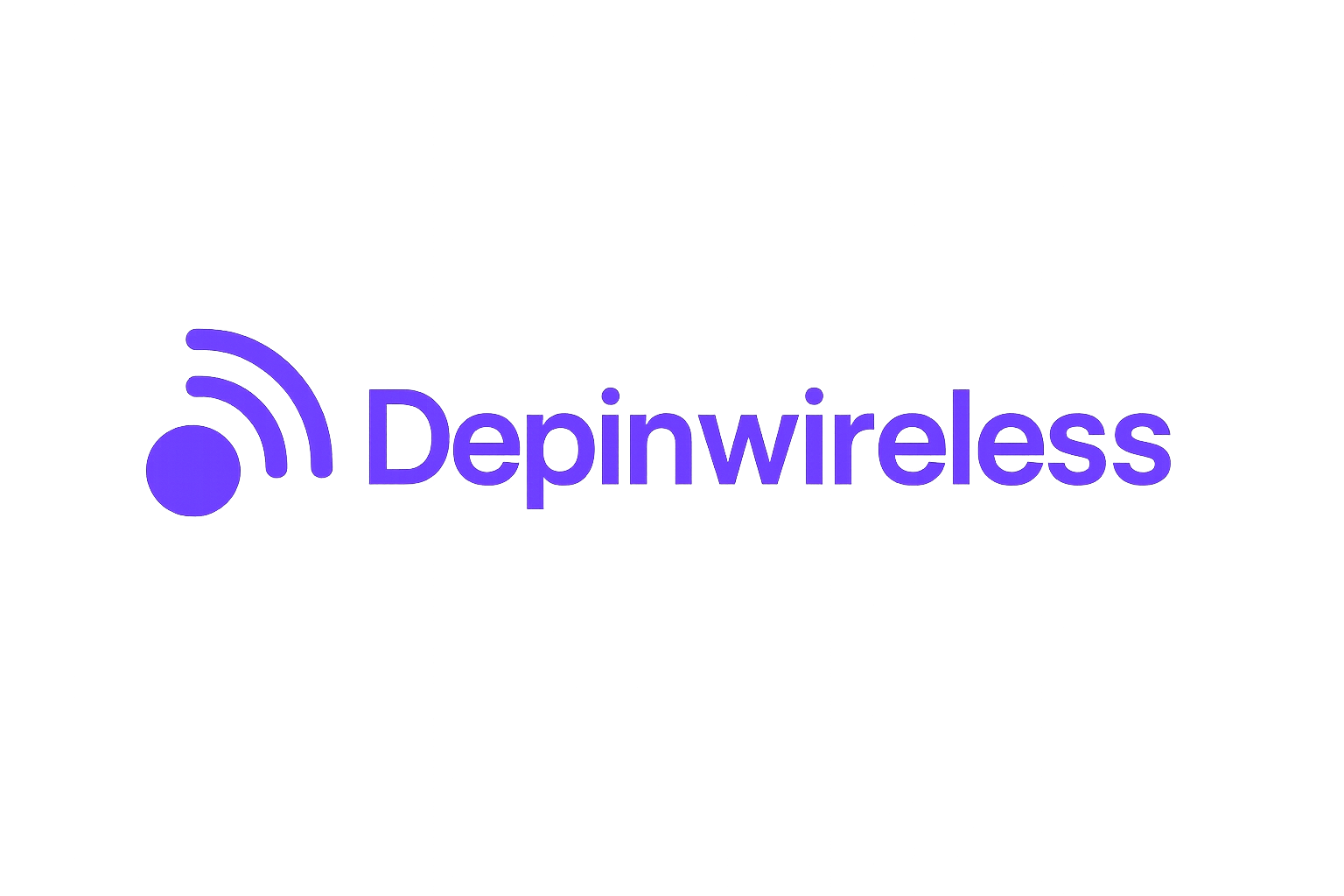The decentralized wireless revolution is no longer a distant vision – it is unfolding in real time, with the Helium Network at its epicenter. In 2025, Helium has not only surpassed expectations but also outpaced established blockchain networks in terms of daily active users and network activity. With over 1.16 million daily users, a surge of more than 300,000 within a single quarter, Helium’s growth trajectory highlights the accelerating adoption of decentralized connectivity solutions by both consumers and enterprises.
Helium Network Growth Stats: User Milestones and Data Traffic
Helium’s growth is not just about numbers – it is about momentum and network effects. By Q2 2025, Helium Mobile’s account signups soared by 94.1%, rising from 160,300 to 311,200 users in just one quarter (xt.com). This influx is mirrored in data usage: the network offloaded an astonishing 2,721 terabytes of data during Q2 alone, marking a 138.5% jump from the previous quarter. Cumulatively, Helium Hotspots have now relayed over 5,520 TB of paid traffic, illustrating that this isn’t a speculative trend but rather real-world utility scaling at pace.
“When you see such explosive growth in user metrics and data volumes on a decentralized wireless platform, you know we’re witnessing the early innings of a paradigm shift. “
Hotspot Deployment: The Backbone of Decentralized Wireless Adoption
The expansion of Helium’s physical infrastructure has been equally dramatic. By mid-2025:
- Mobile hotspots: Up 53%, reaching 98,107 active units
- IoT hotspots: Up 13%, totaling 38,900 active units
- Total hotspots worldwide: Surpassed 380,900
This rapid deployment is not just technical bravado; it directly translates into broader coverage for users and more robust offloading opportunities for major telecom partners.
$HNT Price Movements Reflecting Network Fundamentals ($2.55)
The price action for Helium’s native token $HNT has mirrored its fundamental progress. As of September 19,2025, $HNT trades at $2.55, with a daily range between $2.55 and $2.68 (xt.com). Although down -3.41% over the past day (-$0.0900), these short-term fluctuations are set against the backdrop of exponential user and hotspot growth – factors that long-term investors are watching closely.
Helium (HNT) Price Prediction 2026-2031
Forecast based on Helium Network growth, user adoption, data traffic, and competitive landscape as of Q3 2025.
| Year | Minimum Price | Average Price | Maximum Price | YoY % Change (Avg) | Market Scenario |
|---|---|---|---|---|---|
| 2026 | $2.00 | $3.10 | $4.20 | +21.6% | Strong adoption continues; some profit-taking post-2025 surge |
| 2027 | $2.30 | $3.60 | $5.50 | +16.1% | Network expansion, new telecom partnerships, moderate regulatory headwinds |
| 2028 | $2.60 | $4.30 | $6.80 | +19.4% | Bullish on IoT/5G integration, increased enterprise usage |
| 2029 | $2.80 | $5.10 | $8.10 | +18.6% | Mainstream adoption of decentralized wireless; global coverage milestones |
| 2030 | $3.10 | $5.90 | $9.50 | +15.7% | Market matures, competition rises, but Helium retains a lead |
| 2031 | $2.90 | $6.20 | $10.20 | +5.1% | Market volatility; Helium’s ecosystem stabilizing with steady user base |
Price Prediction Summary
Helium (HNT) is positioned for significant growth through 2031, supported by rapid increases in active users, data offloading, and major telecom partnerships. The average price is projected to more than double by 2031 compared to current levels, with the potential for higher gains if global adoption and data usage trends persist. However, the price outlook includes volatility due to market cycles, competition, and macroeconomic conditions. Investors should expect both bullish and bearish scenarios within the forecast range.
Key Factors Affecting Helium Price
- Sustained user and data traffic growth driven by affordable mobile plans and hotspot deployment
- Expansion of telecom partnerships (e.g., AT&T, T-Mobile) boosting network utility and demand for HNT
- Increased utility from IoT/5G integration and enterprise adoption
- Potential for regulatory developments (positive or negative) affecting decentralized wireless networks
- Growing competition from both traditional telecoms and other Web3 connectivity projects
- Market cycles and broader crypto sentiment impacting risk appetite and volatility
- Technical improvements and new use cases expanding the Helium ecosystem
Disclaimer: Cryptocurrency price predictions are speculative and based on current market analysis.
Actual prices may vary significantly due to market volatility, regulatory changes, and other factors.
Always do your own research before making investment decisions.
Partnerships Accelerating Decentralized Wireless Adoption
If there was any doubt about mainstream acceptance, Helium’s recent partnerships put those concerns to rest. Industry giants like T-Mobile, Movistar, AT and T (joining in April 2025), Google Orion, and Wefi have all integrated with the Helium Network to augment their own coverage footprints (xt.com). These alliances are not mere marketing gestures; they represent tangible increases in offloaded traffic volumes and underscore how decentralized networks can complement – not compete with – traditional carriers.
The affordability angle cannot be overstated either: Helium Mobile’s plans start as low as $15 for 10GB (“Air”), with unlimited data available for $30 (“Infinity”), plus innovative offerings like the new $5 “Sprout” Kids plan launched in June 2025. This pricing strategy has been instrumental in driving mass-market adoption while keeping churn rates low.






